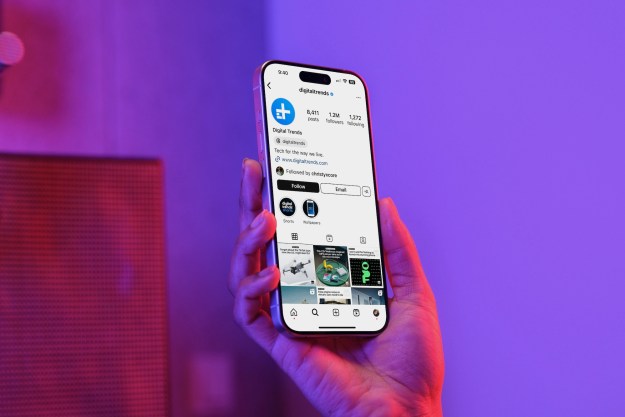
Sprint has finally gotten the iPhone—and now the carrier is looking to move aggressively into the world of 4G LTE mobile broadband, announcing in a network strategy session for investors (Webcast) plans to roll out LTE service in 120 U.S. markets by the end of 2012, and expand that to about 260 markets by the end of 2013. The company also says it plans to launch its first LTE devices in 2012—with the first to come in the summer—with a total of a dozen or more available by year-end.
The announcement comes as part of Sprint’s broader Network Vision plan, which sees the company continuing to bridge multiple network technologies across its systems, even as it moves forward with previously-announced plans to phase out Nextel iDEN service in 2013. Sprint’s LTE network will be based around 1.9 GHz spectrum, and the rollout will be augmented by a network-sharing deal with LightSquared—this summer Sprint announced a 15-year, $9 billion deal with LightSquared that has LightSquared paying Sprint to roll out a terrestrial LTE network to support LightSquared’s satellite-based service, and which gives Sprint an option to use up to 50 percent of the network’s capacity—in exchange, LightSquared gets a ground network and access to Sprint’s 3G services. Sprint will continue operating its CDMA-based 3G service to cover areas that aren’t served by WiMax or LTE.
Sprint’s decision to rely on LightSquared is contingent on LightSquared getting full approvals to launch its satellite-based services. LightSquared has attracted controversy over potentially blocking low-powered GPS signals. LightSquared says it has mitigated the problems by shifting to a new set of frequencies for its initial rollouts, and claims interference problems are GPS makers’ faults.
Sprint indicated it plans to continue to sell 4G WiMax devices in partnership with Clearwire though at least the end of 2011. Clearwire is also looking to add LTE services to its existing 4G network in the 71 markets in which it operates: if Clearwire can secure funding for the upgrade and to continue operating its network, Clearwire could significantly augment Sprint’s 4G offerings. However, if Clearwire can’t scare up money to convert to LTE and keep the lights on, it’s days may be numbered.
The question is whether Sprint is too late pulling the trigger on LTE services: Verizon Wireless says it will have LTE service operating in more than 160 U.S. markets this month, and AT&T is already running in five major cities with plans for additional rollouts this year—and that’s on top of HSPA+ 3G services. Sprint already has 4G WiMax offerings in many markets, but won’t be able to offer its first LTE devices (in limited markets, no doubt) until mid-2012. Will that be too late?
Editors' Recommendations
- LTE vs. 4G: The differences explained
- Mobvoi brings sleep tracking to the TicWatch Pro and TicWatch Pro 4G/LTE

